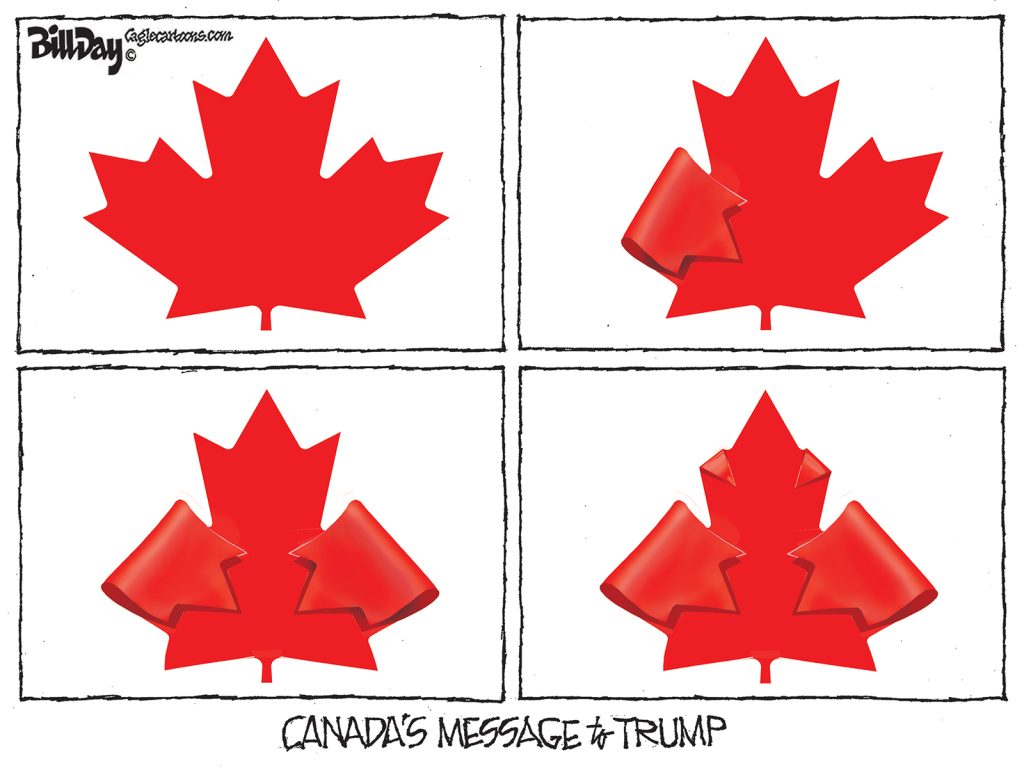From Atlantic Cities:
It’s no secret that conventional city planning emphasizes the automobile. The focus placed on metrics like car level-of-service lead to decisions that remove any obstacles to automotive speed and mobility — even a crosswalk can slow down traffic too much for a planner’s liking. The upshot of this approach, of course, can be seen on any of America’s congested city roads.
But traffic isn’t the only impact to car-centered planning: it also creates transport inequity for a region. In a report released last week [PDF], Todd Litman of the Victoria Transport Policy Institute argues that vehicle-based planning methods reduce the overall affordability of travel in a metro area, particularly for low-income residents (our emphasis):
Because it evaluates transport system performance based primarily on travel speeds, conventional planning favor faster but more costly transport modes, such as automobile travel over slower but more affordable modes such as walking, cycling and public transit. This tends to create automobile dependent transport systems which increases total costs.
Litman argues that a windshield planning perspective misses many of the costs of owning a car. Affordability evaluations tend to focus on fuel costs, failing to include the general cost of vehicle ownership, which by most estimates comes to $3,000 a year at the lowest end. This view also ignores indirect costs of car-based planning: higher general taxes (to pay for roads), higher rents (from residential parking requirements), higher insurance premiums (or, failing that, higher damage costs), not to mention the more or less immeasurable cost on the environment.
The byproduct of this conventional view, says Litman, is that policymakers come up with car-affordability measures that often make the situation worse. Low-income households, in particular, bear the brunt of political efforts to keep gas taxes low. (Studies have found that funding transportation through sales tax measures can be painfully regressive, benefiting wealthy car owners most.) Increasing fuel taxes or implementing road fares, while ostensibly making cars less affordable, actually go a long way toward improving general transport affordability, argues Litman, especially if the revenues go toward improving multi-modal transit services.
Litman rolls out a series of charts to help make his points. We’ll share three of the best instructive ones. The first shows that as transit-miles traveled increase, transport costs decrease:

The next chart shows that car ownership is a regressive cost — in other words, owning a car costs you relatively more money if you make less:

The third chart puts the U.S. situation into context with developed European countries. Household transport spending is much greater in the United States, a fact that correlates strongly with per capita vehicle travel:

The importance of affordability goes beyond general equity, argues Litman, because what people spend on transportation can’t go to other sectors of the economy. That’s a problem because transit spending doesn’t create the same wealth as other investments, say in real estate or personal health. Litman cites two scenarios in which households spend $20,000 a year on housing and transportation. A split of $15,000 toward a mortgage and $5,000 toward transport creates about $100,000 more equity over the course of a decade than an even split of $10,000 toward mortgage and $10,000 toward transport.
To address the affordability problem, Litman suggests that planners favor access over general vehicle mobility. This approach recruits urbanist strategies like compact land use and multi-use development, and focuses on bringing jobs and services and residences closer together. (While transportation costs often makes up 25 percent of household expenditures in car-dependent communities, that share goes down to 10 percent in truly multi-modal places.) Litman offers six keys to achieving this affordable vision:
- Make affordability a goal of transport planning.
- Support affordable modes like walking or biking through complete streets.
- Encourage car-sharing programs to reduce the need for car ownership.
- Promote smart growth and transit-oriented development to increase access.
- Eliminate parking requirements for housing development.
- Expand delivery services.



